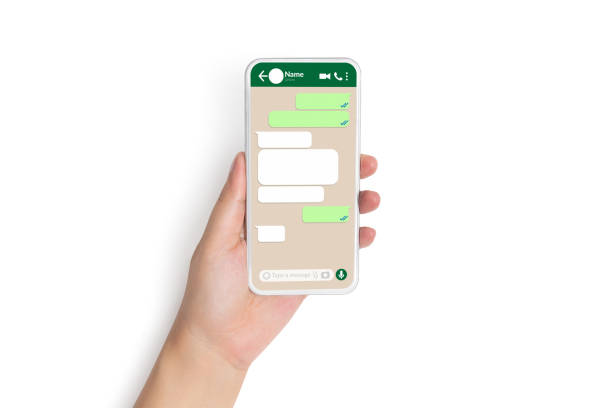


WhatsApp vs. SMS: Which suits bulk marketing best? SMS ensures reach, while WhatsApp offers rich, engaging, and personal communication.
When it comes to bulk marketing, businesses have two main tools at their disposal: WhatsApp and SMS. Both have their strengths, but they also serve different purposes depending on your goals and audience. So, how do you decide which one to use? Let’s break it down in a way that’s easy to digest, so you can choose the best option for your business.
SMS: Think of SMS as the universal communication tool. It works on any phone—smartphones, feature phones, you name it. Plus, it doesn’t need an internet connection. Whether you’re targeting urban areas or remote regions, SMS will get your message across.
WhatsApp: WhatsApp is wildly popular, especially in urban and tech-savvy circles. With over 2 billion users worldwide, it’s a fantastic option—but only if your audience uses smartphones and has internet access.
Bottom line: SMS wins if you’re targeting areas with limited internet or older devices. WhatsApp is perfect for smartphone-savvy audiences.
SMS: Let’s be real—SMS can get expensive. You pay for every single message, and if your message is longer than 160 characters, it’s split into multiple texts (and multiple charges).
WhatsApp: WhatsApp is pretty budget-friendly. You can send texts, images, videos, and even documents, all without worrying about extra fees. If you’re using WhatsApp Business API, there are charges for certain messages, but it’s still cost-effective, especially for multimedia campaigns.
Bottom line: If you’re running a high-volume campaign with rich content, WhatsApp will save you money in the long run.
SMS: People are quick to read their texts—most SMS messages get opened within minutes. It’s great for urgent updates, like sales ending soon or appointment reminders.
WhatsApp: WhatsApp isn’t just for reading messages; it’s for conversations. People are on the app constantly, chatting with friends and family. This means your message feels less intrusive, and if someone has a question, they can reply instantly.
Bottom line: SMS is unbeatable for urgency, but WhatsApp shines when it comes to real engagement and two-way communication.
SMS: SMS is short and sweet—160 characters, to be exact. If you want to send pictures or videos, you’ll need to use MMS, which isn’t always reliable and costs extra.
WhatsApp: Here’s where WhatsApp crushes it. You can send photos, videos, PDFs, voice messages, and even use buttons for quick replies. Want to send a product catalog? No problem. Want to add a video demo? Go ahead.
Bottom line: For creativity and visual appeal, WhatsApp is the clear winner.
SMS: With SMS, you can personalize messages to an extent—like adding someone’s name—but that’s about it.
WhatsApp: WhatsApp takes personalization to the next level. You can send messages tailored to someone’s shopping habits, preferences, or past interactions. For example, a clothing store can send a “We think you’ll love this jacket!” message based on what someone browsed. You can even automate responses with chatbots, making the whole experience feel seamless.
Bottom line: If you want to build a personal connection, WhatsApp gives you more options.
SMS: SMS has strict rules to prevent spam, and you need customer consent before sending messages. But let’s face it—SMS doesn’t offer much in terms of data security.
WhatsApp: WhatsApp is all about privacy. Messages are encrypted end-to-end, meaning they’re secure from prying eyes. Plus, customers have the power to block or report businesses if they feel overwhelmed.
Bottom line: WhatsApp wins for privacy and security, hands down.
Both SMS and WhatsApp are powerful tools for bulk marketing, but they serve different needs. SMS is reliable, straightforward, and perfect for quick updates. On the other hand, WhatsApp allows for rich, engaging, and personalized communication that feels more modern and conversational.
If your audience is split between tech-savvy users and those in areas with limited connectivity, why not use both? A hybrid strategy can help you get the best of both worlds. In the end, it’s not just about reaching people—it’s about connecting with them in the way they prefer.
